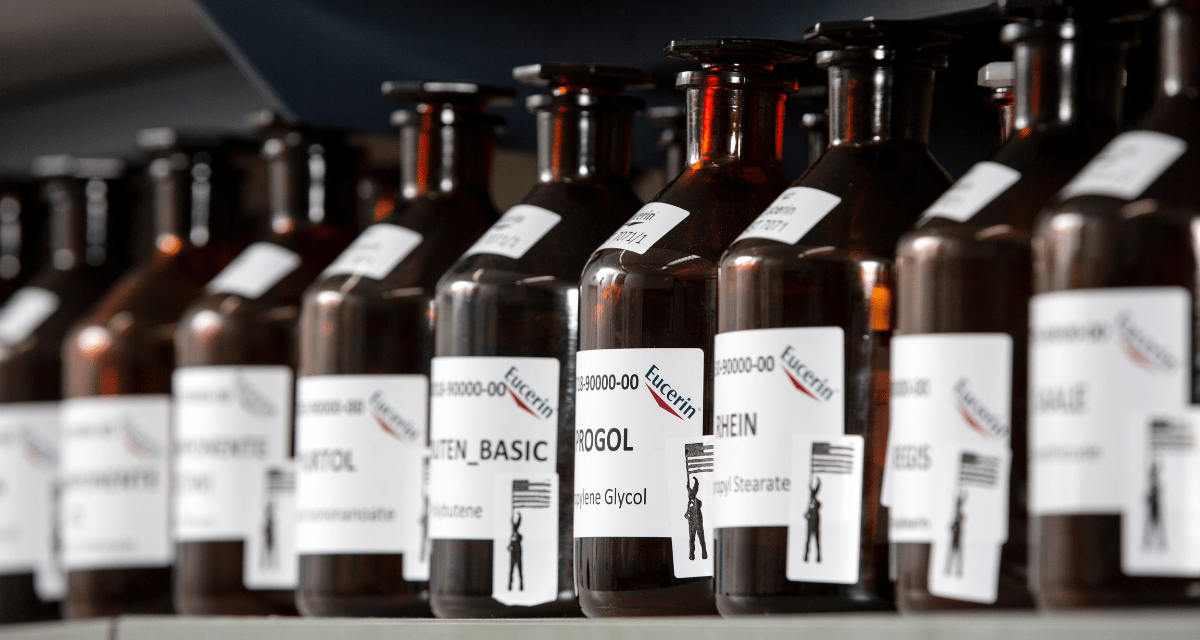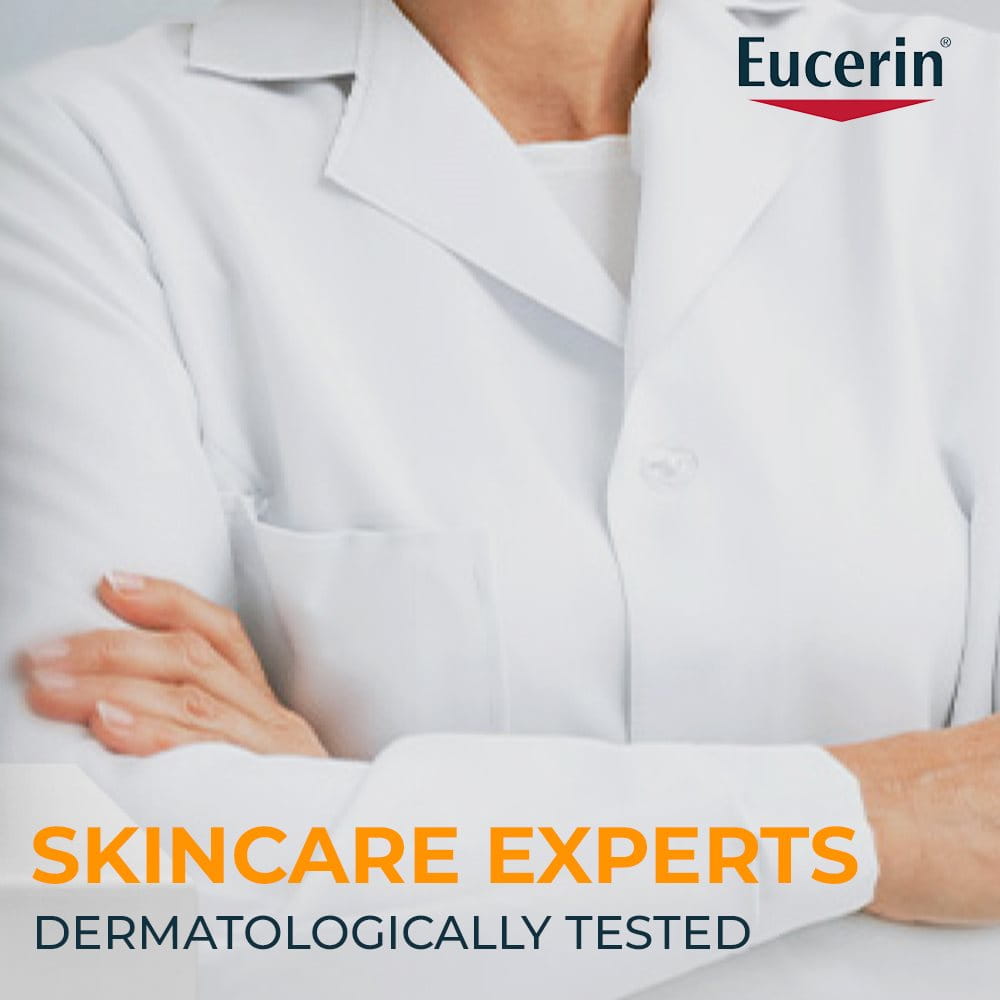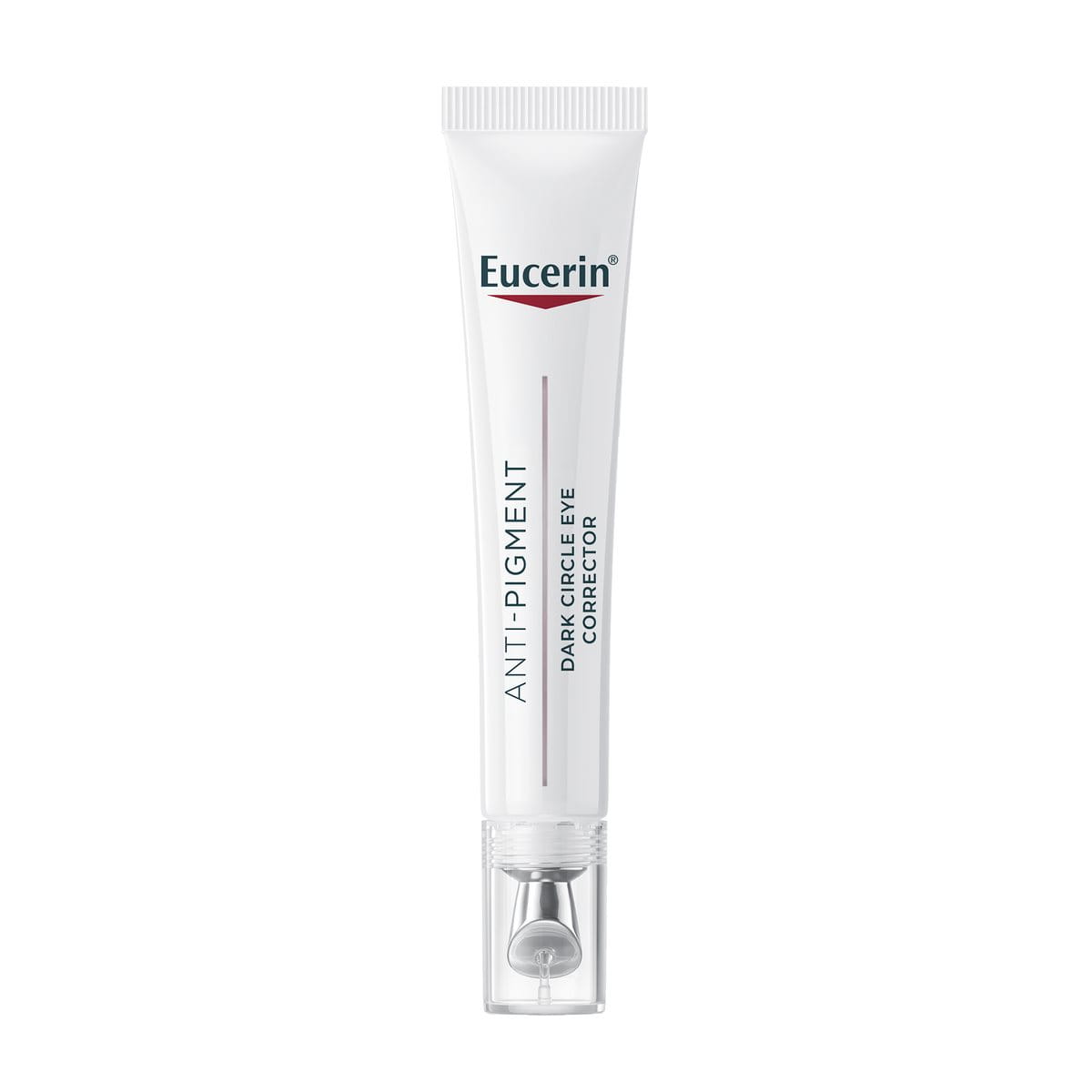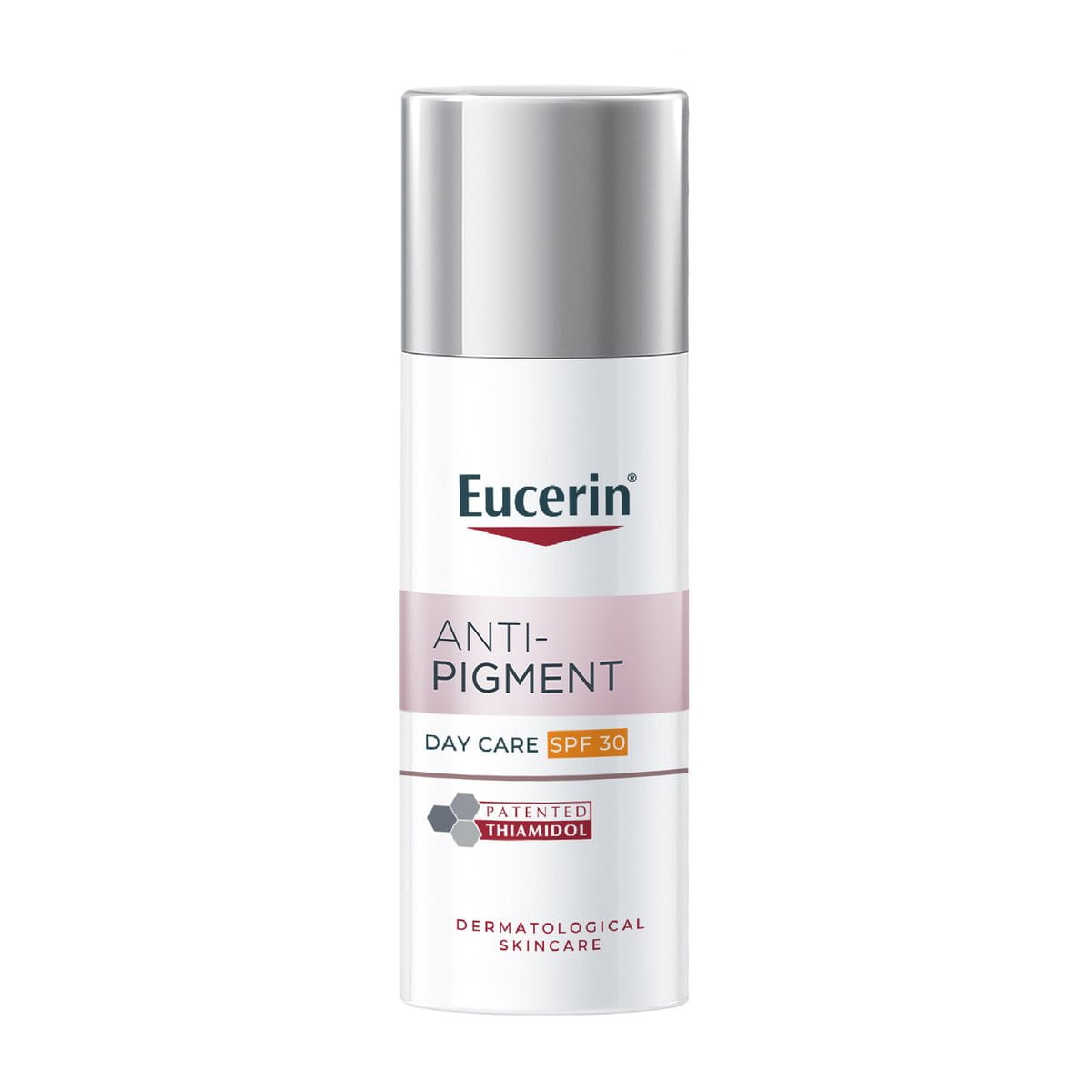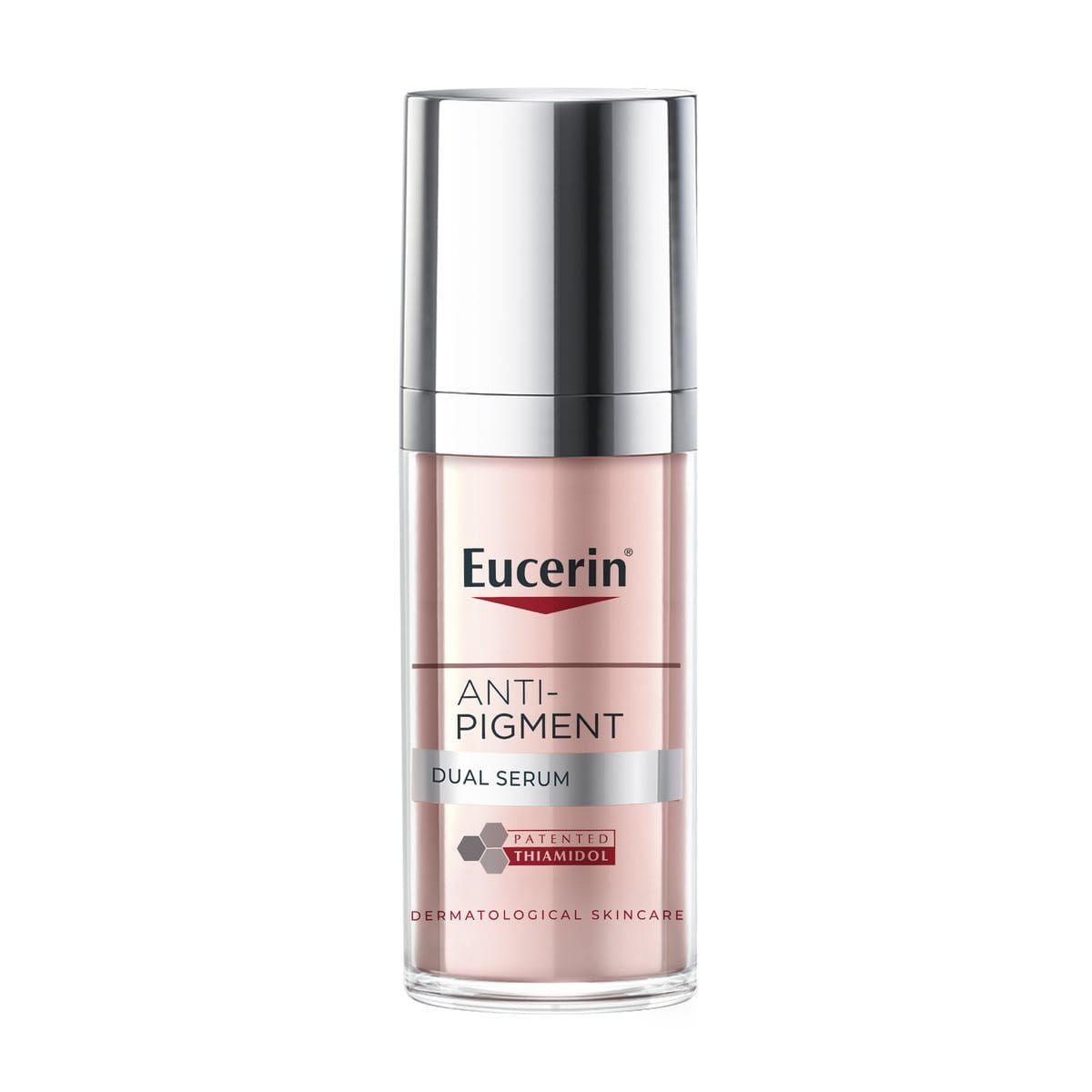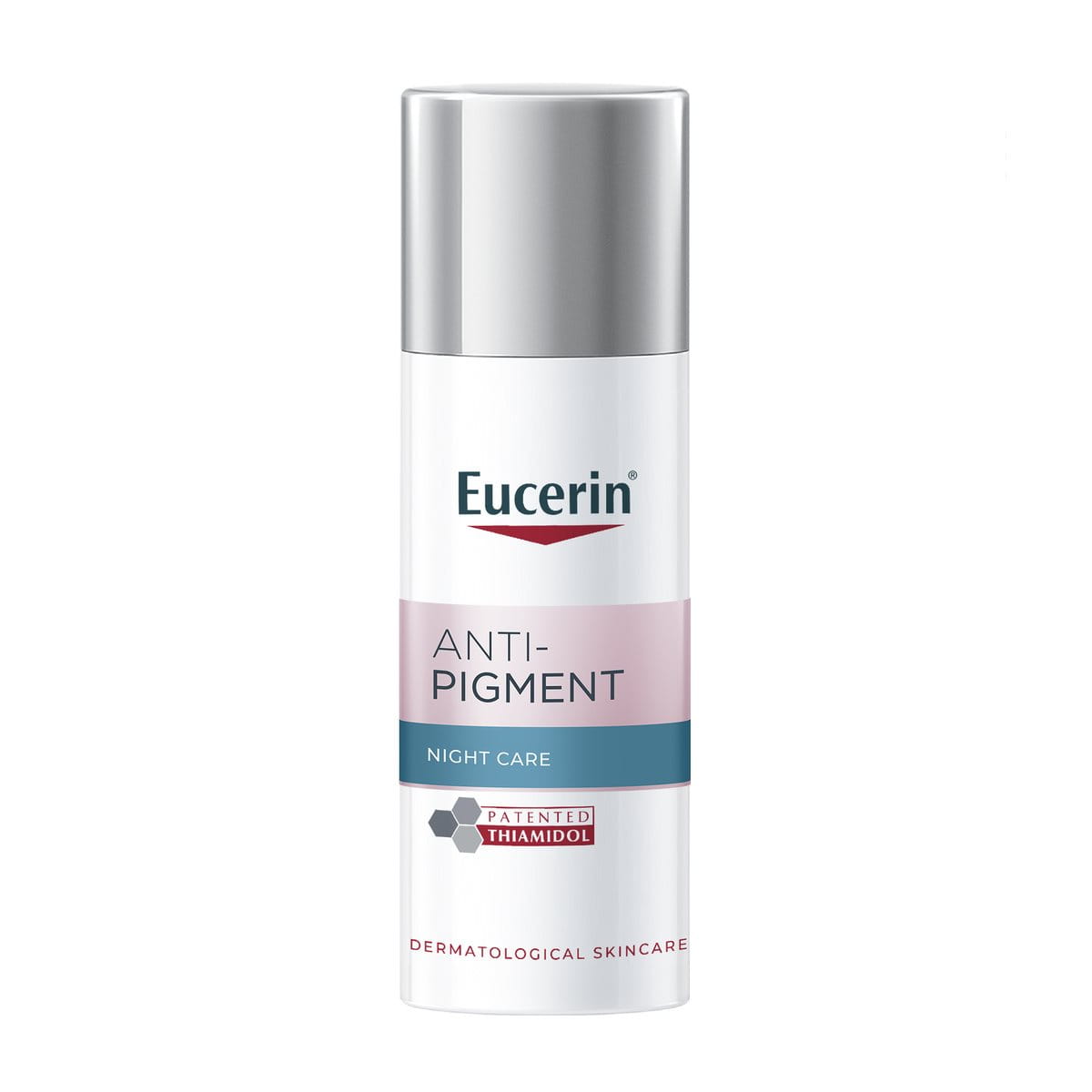Almost no one manages to escape dark spots and pigmentation. These pigmented spots tend to affect people across all ages and lifestyles for different reasons, from sun exposure, hormonal changes, inflammation, or aging. However, what’s common is that dark spot treatment and fading pigmentation can be an uphill battle until you’re equipped with the right ingredients. So here’s what you need to fade hyperpigmentation and achieve a more even skin tone.
Keynote
- Dark spots and hyperpigmentation can be caused by sun exposure, acne, hormonal changes, and lifestyle factors.
- Vitamin C, Niacinamide, AHAs, Retinoids, Hydroquinone, and Thiamidol are powerful actives that help fade hyperpigmentation and even out skin tone.
- How They Work: These ingredients regulate melanin production, promote cell turnover, boost collagen, and protect your skin from oxidative stress to prevent dark spots.
- Start using skin actives with low concentrations, layer them with sunscreen every day, and remain consistent to see lasting results while avoiding irritation or sensitivity.

